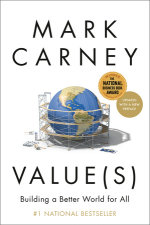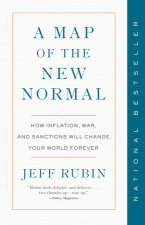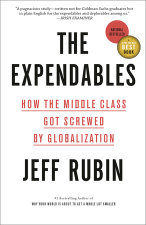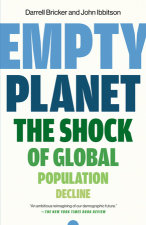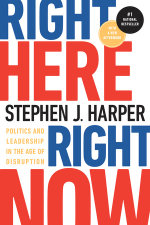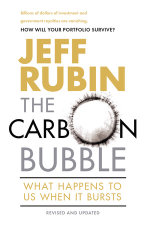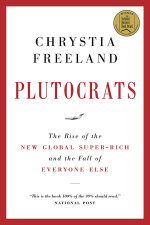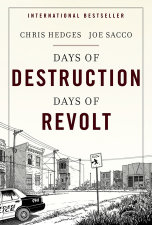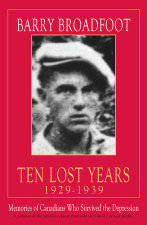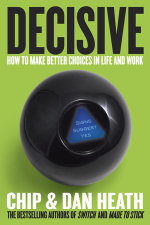Excerpt
From Values

Values by Mark Carney
NATIONAL BESTSELLER • Winner of the 2021 National Business Book Award • Shortlisted for the 2021 Donner Prize
A bold and urgent argument by the Prime Minister of Canada and former bank governor on the radical, foundational change that is required if we are…
Hardcover
Introduction
HUMANITY DISTILLED
The car weaves silently through the City. When it reaches St Michael’s Lothbury, it waits momentarily while security guards swing open giant steel gates, and it then rolls into the bullion yard. I get out, pass through an alarmed door, by enormous vaults, and up a granite staircase. I rub the nose of the lion adorning a brass portal as I enter the inner sanctum. I bid good morning to the pink-jacketed stewards, walk by portraits of my predecessors and step into the office of the Governor of the Bank of England.
Everything I see evokes the history of the Bank and the permanence of its mission. The entrance hall echoes the style of British imperial capitals. The corridors are lined with mosaics showing images of Roman coins and Mercury, the god of commerce. Lions – the traditional guardians of treasure – populate the gilded stair wells and front the doors.
The Governor’s office is much as it has been over the centuries. The desk has been in continual use since it was crafted by Sir John Soane in the eighteenth century. One wall is dominated by a gigantic Canaletto, depicting the Thames in the late seventeenth century. Floor-to-ceiling glass doors open on to a tranquil courtyard that preserves the seventeenth-century churchyard of St Christopher-le- Stocks.
There are symbols of money and value everywhere. Mulberry trees outside the windows allude to the earliest paper currency that was fashioned out of their bark. Mercury’s winged head oversees the magnificent Court room where griffons guard the portals as steadfastly as they did the mythical pile of gold at the centre of the earth.
There’s real gold at the centre of the Bank. Beneath my feet, nine vaults with three-foot steel walls are filled with 5,500 tons of bullion that the market values at over $180 billion. That’s 5 per cent of all the gold ever mined since the dawn of humanity.
Everything appears solid, safe, permanent.
But all is not what it seems. The Empire is gone. The Union is under threat. Permanence is temporary. And value is an illusion.
Of Soane’s original Bank of England – an architectural masterpiece designed to stand for a millennium – only the exterior walls, the state rooms and the desk remain. The Canaletto is now recognised as being ‘of the school’ not ‘by the master’.
The gold lies pointlessly in our vaults, a vestige of a bygone era when it backed the value of money – a link that became a cross, inspiring booms before triggering busts. Financial markets value gold for its perceived safety not for its revealed beauty. The gold price surges with fears of financial distress or geopolitical conflict. In such times of turbulence, faith in a commodity replaces trust in institutions.
Gold’s gyrations are a reminder that the permanence of the Bank of England relies on its values. And that value is built on values.
For over twelve years, I had the privilege and challenge of being a G7 governor, first in Canada and latterly in the UK. During this time I saw kingdoms of gold rise and fall. I led global reforms to fix the fault lines that caused the financial crisis, worked to heal the malignant culture at the heart of financial capitalism and began to address both the fundamental challenges of the Fourth Industrial Revolution1 and the existential risks from climate change. I felt the collapse in public trust in elites, globalisation and technology. And I became convinced that these challenges reflect a common crisis in values and that radical changes are required to build an economy that works for all.
Whenever I could step back from what felt like daily crisis management, the same deeper issues loomed. What is value? How is it grounded? Which values underpin value? Can the very act of valuation shape our values and constrain our choices? How do the valuations of markets affect the values of our society? Does the narrowness of our vision, the poverty of our perspective, mean we undervalue what matters to our collective wellbeing?
These are the questions that this book seeks to explore. It will examine how our society came to embody Wilde’s aphorism – knowing the price of everything but the value of nothing. How by elevating belief in the market to an inviolable truth we moved from a market economy to a market society. And how we can turn this around.
Copyright © 2021 by Mark Carney

